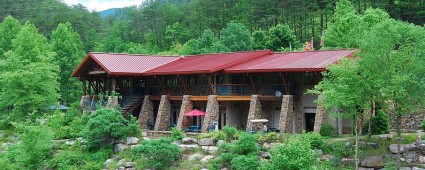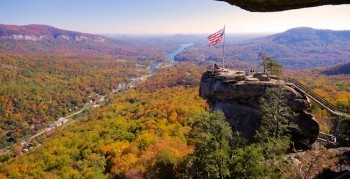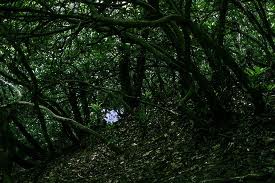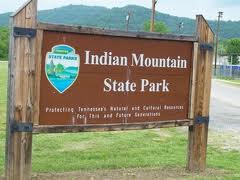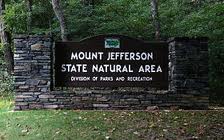Whitewater rafting! That is the main reason that you come to Hiwassee / Ocoee State Park in Tennessee. With plenty of diversity in the water you can find those portions that are as tame or as wild as you want them to be. The Ocoee is the premier whitewater river in the southeast. With class 3 through 5 rapids at different points in the river, kayakers and rafters come to this area of the country and the state park for one thing: to get in the water.
Traveling through this state park is a whole different view of the Southern Appalachians than any other place north of this park. You are traveling along the Tennessee and Georgia borders through almost all of this area and the river that forms that natural boundary is gorgeous. The river changes from raging rapids to areas of near placidity. The mountains on one side and the river on the other follow you from one end of the state park to the next. As you travel you will see roughly 23 miles of river and you will see kayakers and rafters the whole way.

One of the biggest attractions to the Hiwassee / Ocoee State Park is the Ocoee Whitewater Center. This is located near the Cherokee National Forest and is the site of the whitewater rafting during the 1996 Olympic games in Atlanta, GA. Before the Olympics began that year, this portion of the Ocee was modified to enhance the rapids and make them more formidable for the competition. Mixing the natural passion that this river has with the modern technology they Atlanta Olympic organizers turned this area into some of the best whitewater that the Olympics have ever seen. Now you can bring your own kayak and give the same course that they ran in 1996 a try.
Along with the whitewater activities in the Hiwassee / Ocoee State Park, you can camp while you are on your own rafting adventure. There are also places to escape the water and do some hiking or even some horseback riding. Like most of the rest of the state parks in East Tennessee, there are always plenty of things to do and more than enough to fill a beautiful sunny day while you explore the rivers and mountains in the southern-most state park in East Tennessee.
